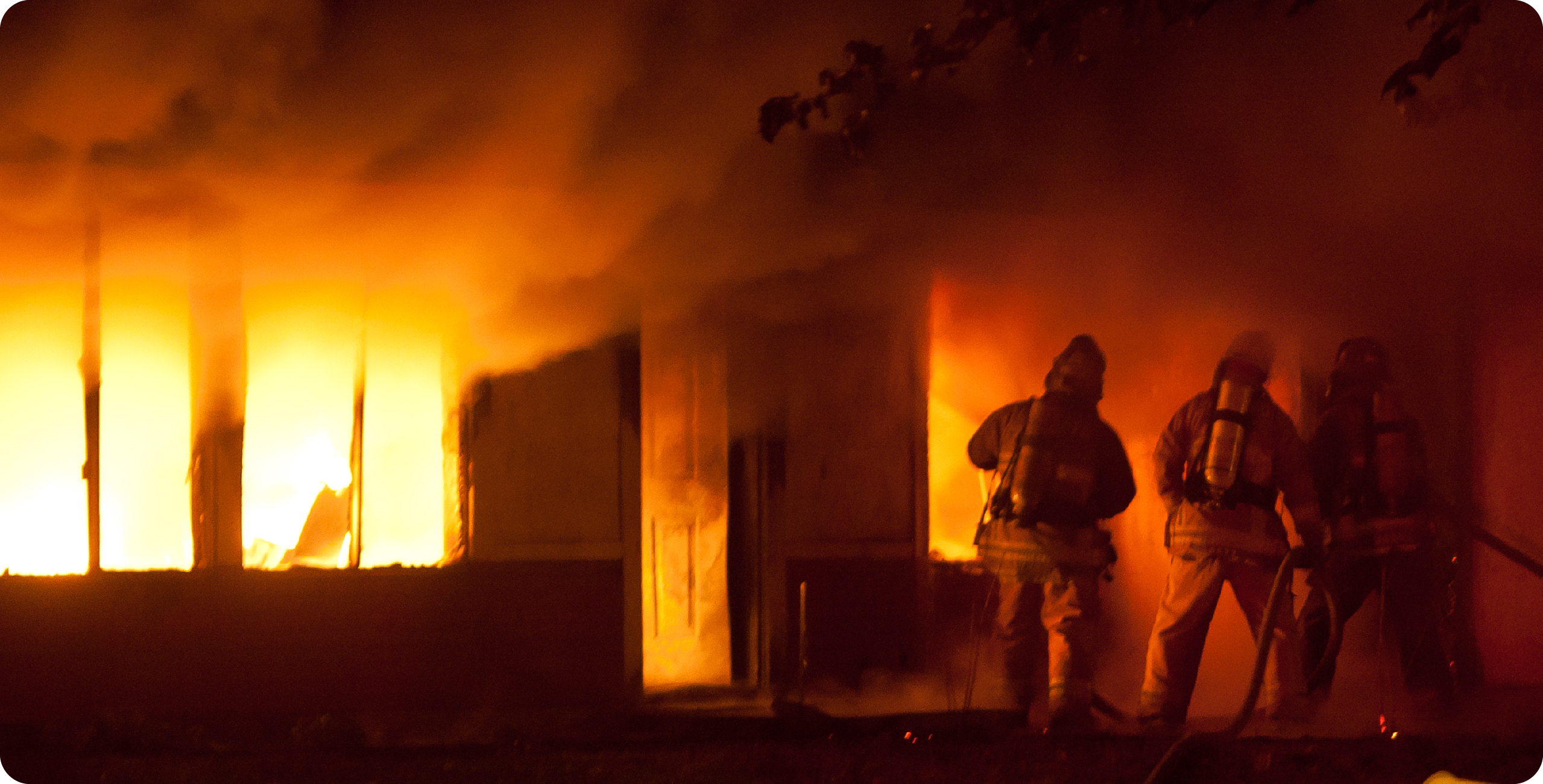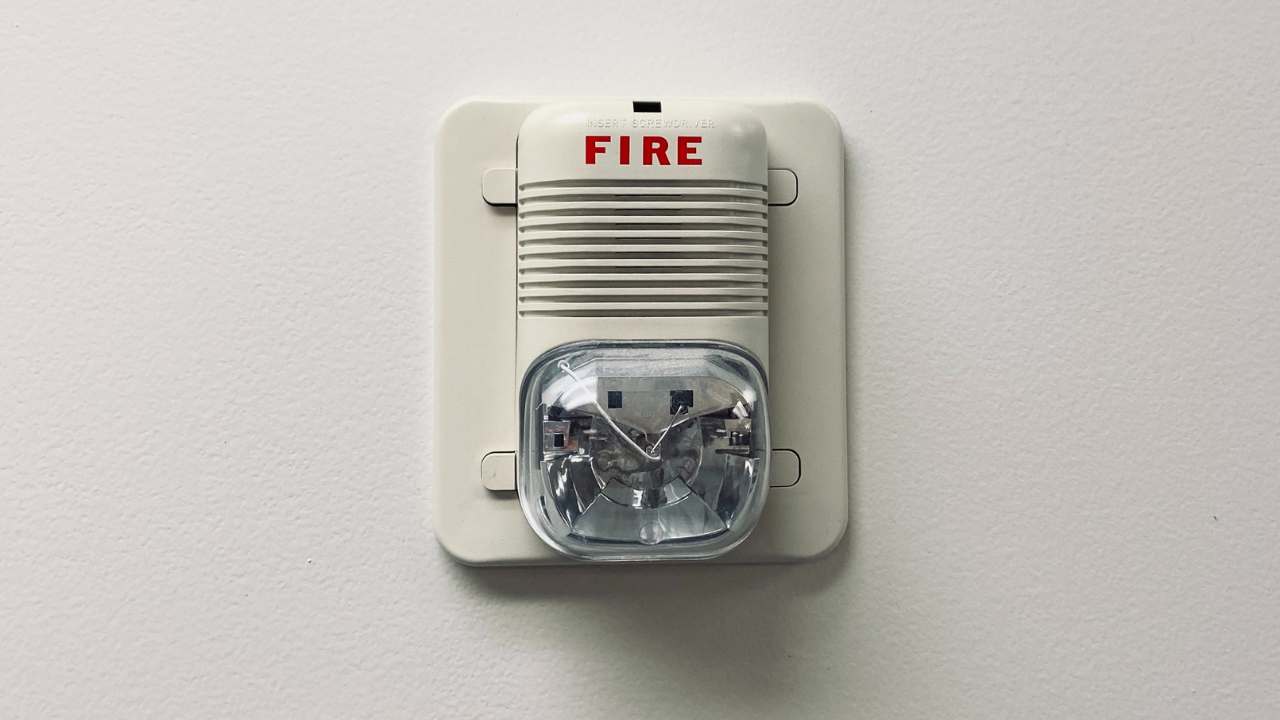
Fire alarm systems stand as fundamental component of any building’s safety infrastructure. It provides the first line of defence against the spread of fire, ensuring the safety of occupants and minimising property damage. The role of a fire alarm system is multifaceted; it not only detects the early signs of fire, allowing for swift evacuation and response, but also contributes to the reduction of fire-related injuries and fatalities.
The advantages of installing a robust fire alarm system extend beyond immediate safety. They can have a significant impact on financial aspects such as insurance premiums, and can keep a building compliant with safety regulations, avoiding potential fines. Moreover, by reducing response times and alerting the local fire services promptly, these systems help contain and control fires before they escalate into larger, unmanageable incidents.
Proper maintenance and regular inspections of fire alarm systems are vital to ensure they function correctly when needed. Neglecting such practices can lead to malfunctioning alarms that fail in critical moments, endangering lives and property. Therefore, the presence of a well-maintained fire alarm system is not just recommended but essential for the continuous protection against the threat of fires.
Fire alarm systems are integral to the safety and protection of property and lives within any building. Their primary function lies in early detection of fire, which is often a race against time, and providing prompt notification to ensure a rapid response.
A typical fire alarm system comprises two main elements: detection devices and alarm notification equipment. Detection devices include smoke detectors and heat detectors, which sense the presence of smoke or an abnormal rise in temperature. Smoke detectors may either be ionisation or photoelectric, each suited to detecting different types of fires. Heat detectors, on the other hand, react to changes in temperature using thermistor technology.
Once a fire is detected, the system activates alarm notification devices such as sirens, bells, and strobe lights to alert occupants. These alarms are controlled through a centralised control panel, which also often facilitates monitoring by an external agency.
The installation and maintenance of fire alarm systems must adhere to stringent regulations set forth by the fire-related authorities. This code ensures that installation is code-compliant, optimising fire safety practices according to the latest building codes.
Fire alarm systems can be broadly classified into several types of fire alarms based on their configuration and integration within buildings:
Ultimately, the appropriate selection and professional installation of fire alarm systems play a crucial role in mitigating the risk of loss of life, reducing property damage, and minimising instances of smoke inhalation. It is imperative for building owners to invest in reliable fire detection equipment and ensure regular maintenance to uphold life safety standards.
Regular maintenance and testing of fire alarms are essential for ensuring their reliability and functionality. It is paramount that inspections and testing occur frequently to prevent malfunctions that could lead to false alarms or equipment failure in times of actual fire emergencies.
| Frequency | Activity | Purpose |
| Monthly | Audible Check | Confirms alarms can be heard throughout the premises |
| Biannually | Sensor Testing | Ensures detection mechanisms trigger accurately |
| Annually | Full System Service | Assesses the entire system’s health |
Implementing a stringent maintenance schedule keeps the equipment in prime condition, thereby safeguarding lives and property. Alongside these checks, responsible parties should ensure the fire safety system’s instructions are available for review, to facilitate swift action during an alarm.
The responsibility for a well-maintained fire alarm system doesn’t rest solely on technicians but also on the owners and occupants of the property. They should be vigilant and report any irregularities in equipment performance immediately. Regular training on the use of manual fire alarms and the appropriate response during evacuations is a critical adjunct to maintenance, completing a holistic approach to fire safety.

Fire alarm systems play a pivotal role in the safety of both individuals and property. Their core function is to detect the presence of a fire and initiate a response. When a fire is detected, the control panel of the alarm system activates various notification devices designed to alert the occupants of the building promptly.
Notification devices include sirens, bells, and strobe lights, which work in tandem to ensure that the message is received by everyone, even those with hearing or visual impairments. The loud audio signals and the visual cues from strobe lights facilitate a rapid evacuation, which is crucial when there is a fire.
Alongside alerting the occupants, fire alarm systems are integral in notifying emergency responders. This immediate activation ensures that response time is minimised, and firefighters can arrive on scene as soon as possible to address the emergency.
The system can also trigger other safety mechanisms, such as the suppression system, which includes the likes of sprinklers and fire extinguishers. Sprinkler systems are automatically set off to contain and potentially extinguish the fire, thereby mitigating property damage and increasing safety for the building’s occupants.
In summary, the combination of sound, visual alerts, and automatic activation of suppression systems ensures both a swift evacuation and prompt arrival of emergency responders, which are essential during a fire incident.
Fire alarm systems, such as the Morley Fire Alarm or Comelit Fire Protection, serve a critical role in reducing property damage and safeguarding lives by offering earlier detection and alerting of fires, thus allowing for a faster response time. These systems are an integral component of a fire protection system that not only works to minimise property loss but also aids in ensuring business continuity.
In summary, fire alarms act as an early warning system that is indispensable for both property protection and life safety. Their role in lessening the impact on both fronts makes them an investment that transcends its initial cost. Proper maintenance and compliance with the building code are crucial to ensure they function effectively when needed most.
When selecting a fire alarm system, it is crucial to consider both the installation process and the types of fire alarms available. These systems can be segmented into two main categories: open protocol systems, which allow more flexibility in maintenance and component choice, and closed protocol systems that are often vendor-specific.
Understanding the varying types of fire alarms – from systems that detect heat to those that pinpoint smoke – is necessary to align with both fire safety requirements and building codes. The appropriate detection technology must be matched with the environment it secures to ensure efficient and reliable fire detection.
Insurance Discounts: Properly installed and maintained fire alarm systems may lead to reductions in insurance premiums, emphasising the importance of adherence to building codes and regulations. In addition, regular maintenance and inspections can safeguard against fines.
Installation Considerations:
Lastly, the installation of a robust fire alarm system safeguards not just the physical equipment within the premises, but also the health and well-being of occupants. This dual benefit underscores the need for careful selection based on the specific needs of the building.

This section is designed to address common queries pertaining to fire alarm systems, encompassing their advantages, operation, varieties, maintenance imperatives, considerations, and role in emergencies.
Fire alarm systems serve a crucial role in enhancing safety by providing early detection of fires, thereby facilitating swift evacuation and timely intervention by emergency services. Benefits include reducing the risk of property loss and preserving human life through elevated situational awareness.
These systems function through a network of sensors that detect smoke, heat, and other indicators of fire. Upon detection, they activate audible and visual alerting mechanisms, and may also inform a monitoring centre to prompt emergency response.
There exists a range of fire alarm systems, from conventional models to addressable and wireless configurations. Each type is designed to meet specific requirements and encompass various features for different building layouts and sizes.
Regular maintenance ensures that fire alarm systems remain reliable and effective. A well-maintained system minimises false alarms and ensures proper functioning during a real fire scenario, protecting both life and property.
While critical for safety, potential drawbacks include the need for consistent maintenance and the possibility of false alarms, which can cause disruption and complacency among occupants. Ensuring high-quality equipment and regular servicing can mitigate these issues.
A robust fire alarm system is integral to an emergency response plan, enabling quick evacuation and alerting emergency responders. With features that may include real-time alerts to monitoring centres, these systems create an immediate line of communication during critical situations, improving overall response efficiency.